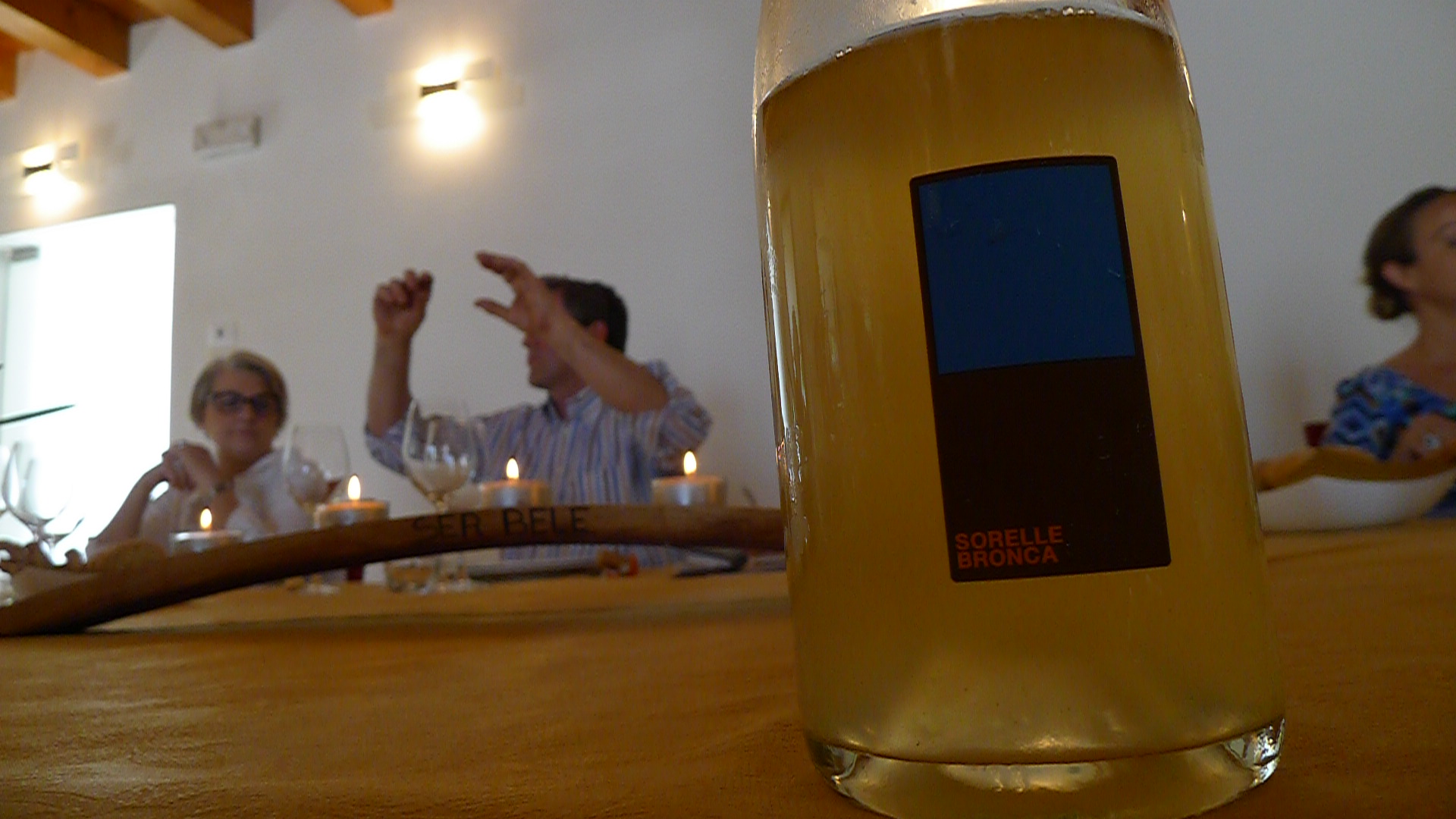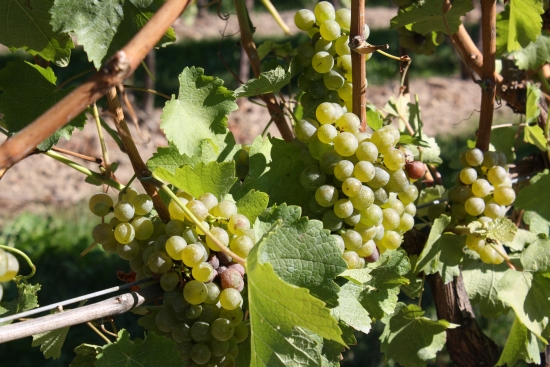
Don’t be scared by the cloudiness of Colfondo Proseccos. Despite being far-removed from their brilliantly clear bretheren, they are certainly worth a look.
Before today’s tank/cuvée close/Italian method became the norm during the 1970s, Proseccos went through their secondary fermentation in bottle under crown cap, just like Champagne.
However, unlike Champagnes, these wines were never disgorged, leaving the dead yeast deposits in the bottle.
In most traditional/champagne method (read: bottle-fermented) sparkling wine production, this dead yeast is collected in the neck of the bottle, and then removed. To do so, the bottle is, through time, turned upside down with the spent yeast eventually collecting in the neck of the bottle, through a labor-intensive manual (or much lazier mechanized) process called riddling. The neck of the bottle is finally frozen, and when the bottle is opened, the ice plug with the dead yeast is expunged… this is known as the disgorgement.
When a producer decides to leave the spent yeast in the bottle it gives the wine a decidedly cloudy appearance and this very particular style of Prosecco goes under the name of Colfondo (sometimes Col Fondo or “on the sediment”), a style that is true to Prosecco’s humble origins.
In today’s wine world where the consumer expects all of their wines to appear brilliant in the glass, the market for a murky-looking bottle of white sparkling wine is obviously a bit of a niche market. But forward-thinking Sommeliers and savvy wine lovers are falling in love with the earthier pleasures of the Colfondo style, and some Prosecco producers are turning their hand towards making small amounts of this decidedly rustic take on the popular Italian bubbly tipple.
In my mind, the bottle fermentation of the Glera varietal more often than not detracts from the inherent apple/pear/white flower aromatic pleasures of that grape, and hence the bottle-fermented examples are not usually my favourites. Saying that, I find the full-on autolytic character and alluring texture of the Colfondo style most attractive, and highly recommend that you seek out this left-field detour from the path-most-travelled.
Passing on a tip from my recent experiences in Veneto, aficionados of the Colfondo Proseccos tend to tip the bottle upside-down before opening in order to equally distribute the wine’s sediment.
Last year I attended a dinner with Prosecco impresario Sandro Bottega, and he appeared most bemused with my positive comments of his Colfondo Prosecco, “Fundum”. I was so intrigued by the wine that I ordered a small quantity for Toronto’s Mr. Flamingo restaurant, so if you are curious to try this rather obscure offshoot of Prosecco I would suggest that you head down there over the next month or so.
 Edinburgh-born/Toronto-based Sommelier, consultant, writer, judge, and educator Jamie Drummond is the Director of Programs/Editor of Good Food Revolution… And he’s hoping that this stuff gets past the LCBO labs!
Edinburgh-born/Toronto-based Sommelier, consultant, writer, judge, and educator Jamie Drummond is the Director of Programs/Editor of Good Food Revolution… And he’s hoping that this stuff gets past the LCBO labs!






